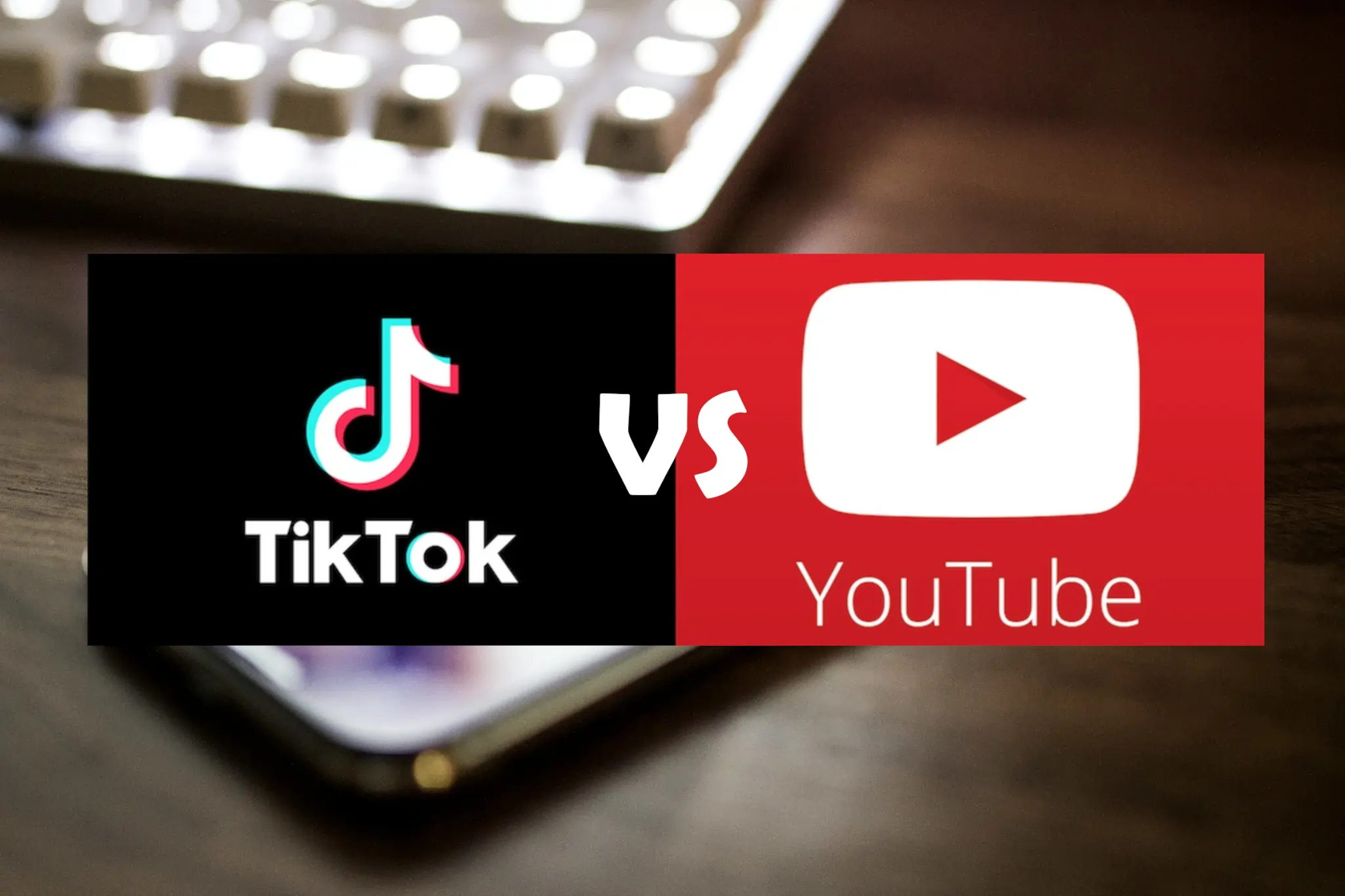Modifications to one’s way of life have the potential to avert one million annual cancer diagnoses in Europe—about one-third of all cancers. You would think that by now everyone would know about the dangers of this way of life, but you’d be mistaken. The European Journal of Cancer released our most recent study, which demonstrates that despite massive investments in public health education efforts, many individuals remain ignorant of risk factors.
Some people don’t understand the gravity of the problem or have irrational assumptions about what could be causing it, such as being close to power lines or using a cell phone.
For people to make educated decisions regarding their health protection, they require an honest depiction of cancer risks. Prevention of cancer is the primary goal of public health initiatives aimed at lowering cancer rates. That will be weakened if those dangers are not clearly understood.
A large percentage of the 1,300 persons surveyed had no idea what some of the risk factors were. We set out to examine people’s awareness of cancer’s causes and to determine if specific groups were more prone to have an incorrect perception of cancer risks using data acquired from the 2016 Attitudes and Beliefs About Cancer UK Survey.
Cancer-Causing Variables
We were taken aback by the findings of our investigation. In total, respondents got less than 50% of the questions on cancer risk factors right. Some individuals had a solid grasp of the known dangers, but those with higher education were also more prone to falsely support hypothetical sources like microwaves and electromagnetic fields.
People were perceiving threats when none existed, suggesting a “hypersensitivity” to risk factors that we were unable to evaluate. This indicates that individuals are not adequately screening the health messages that circulate through their online networks and the media.
The general public has a hard time recognizing evidence-based risk factors. Among those who took the survey, 40% were unaware that excess body fat is associated with a higher chance of developing cancer. The risks of sunburn were unknown to a comparable percentage. Further, 71% of those polled were unaware that certain malignancies, such as cervical, oral, and anal cancers, are associated with carrying the human papillomavirus (HPV), a prevalent virus that affects the skin and mucous membranes and can be transmitted through sexual contact.
Not only did some individuals fail to recognize the known dangers, but others also maintained unfounded assumptions regarding the origins of cancer. Nearly 50% of people who took the survey attributed it to stress, while 25% blamed cell phones. Among those who took the survey, 15% thought that microwaves posed a health danger. Questions regarding where people get their information are brought up by the research.
People Aren’t Keeping Up
Caucasian individuals with higher levels of education and life experience were more likely to pinpoint the root causes of cancer, in agreement with earlier studies. Unfounded cancer dangers were more widely believed by white, younger people. These results add to the growing body of research suggesting that some demographics are disproportionately ignorant about the dangers of cancer. The first step in eliminating communication gaps is making sure everyone can understand and use health messages.
Science is painting a more intricate picture of the variables that contribute to cancer, therefore this is significant. Important messages on health promotion may go unnoticed since public knowledge is not likely to keep up with the field’s advancement.
Impact of Dietary Choices on Cancer Risk
While lifestyle factors like smoking and sun exposure are well-recognized cancer risk factors, the role of diet in cancer development is a complex and emerging field of study. Research increasingly suggests that certain dietary patterns, including high consumption of processed and red meats, as well as low intake of fruits and vegetables, may elevate cancer risk. However, the extent to which diet influences cancer development, and the mechanisms involved, remain subjects of ongoing debate. Public awareness of the relationship between diet and cancer risk is varied, and there is a need for clear communication about dietary recommendations for cancer prevention.
Environmental Pollutants in Cancer
Environmental pollutants, such as air pollution, asbestos, and industrial chemicals, have been implicated in the development of various cancers, but public knowledge about these risks is not well-established. The complexity of assessing long-term exposure and the often-delayed onset of cancer pose challenges in both research and public health messaging. While significant strides have been made in regulating known carcinogens, emerging research on the carcinogenic potential of newer chemicals and pollutants is a critical area for public health education and policy.
Genetic Predisposition and Cancer Risk Perception
Advances in genetic testing have highlighted the role of inherited genetic mutations in increasing cancer risk for certain individuals. However, there’s a growing concern that public perception of genetic risk may lead to either undue anxiety or false reassurance. The nuanced understanding that while genetics play a role, they do not determine destiny, is crucial. Educating the public about the importance of genetics, alongside lifestyle factors, in cancer risk could help in making informed decisions about screening and prevention strategies.
Psychological Stress and its Links to Cancer
The relationship between psychological stress and cancer development is a contentious topic. Some studies suggest that chronic stress might influence cancer progression by affecting the body’s hormonal balance and immune function. However, establishing a direct causal link between stress and the initiation of cancer is complex and remains unconfirmed. Public perception often overestimates the role of stress in cancer development, overshadowing more established risk factors. Clear communication about the current understanding of stress and cancer is necessary to dispel myths and focus on evidence-based prevention strategies.
The Influence of Physical Activity on Cancer Prevention
The role of physical activity in reducing cancer risk is an area of growing interest and debate. Regular exercise is known to have numerous health benefits, including weight management and improved immune function, which could potentially lower cancer risk. However, the extent of its impact, the types and intensity of exercise required, and its effectiveness across different types of cancer are still being explored. Public awareness campaigns promoting physical activity for cancer prevention often face challenges in conveying the nuanced findings of current research to a general audience.
It will be vital to track changes in people’s perceptions regarding cancer causes and lifestyle modifications, especially since social media is becoming a major news source for many people, and some of these sources are questionable (so-called “fake news”). Our study’s findings can serve as a yardstick for how much the general population knows about cancer risk factors.




